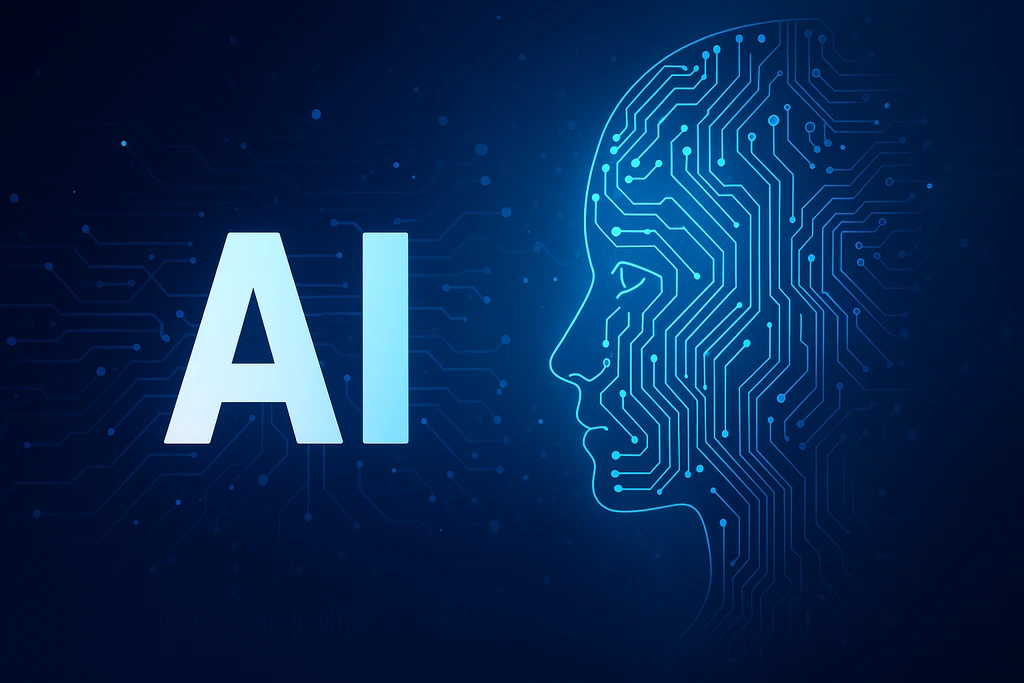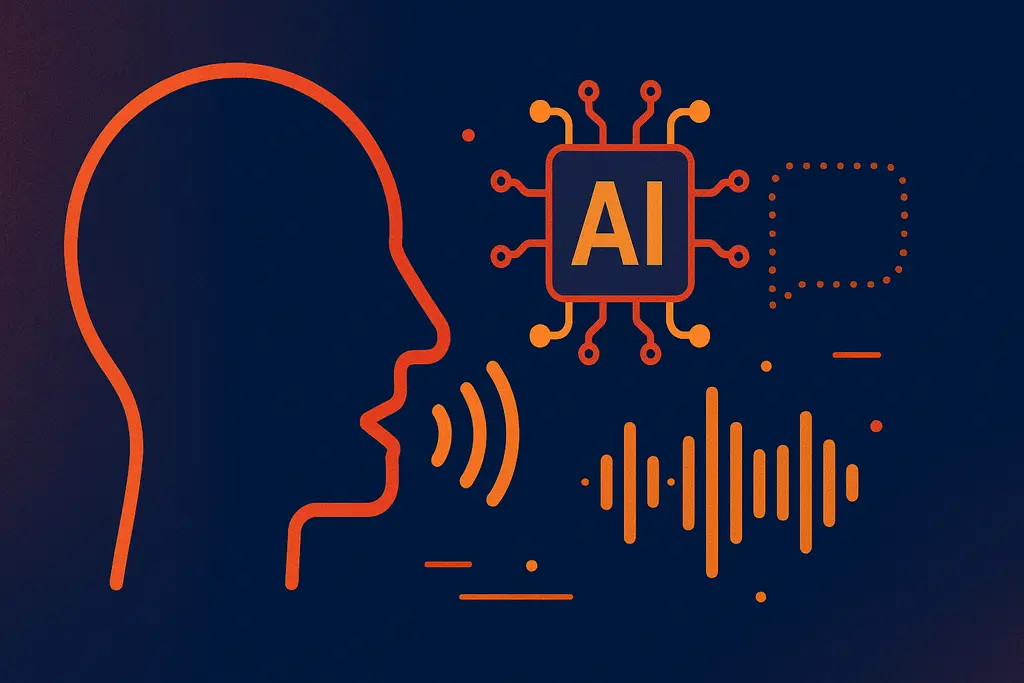AI Slackers
Get straight to the latest AI trends, tools, and innovations driving real change. No jargon, no filler — just sharp insights that show you where technology is headed and how to use it today.

What is Artificial Intelligence: AI Ultimate Guide
Artificial intelligence, or AI, is no longer a futuristic dream or a buzzword limited to

What Are AI Voices and How They Work
Think about the last time you spoke to Siri, Alexa, or a customer service bot

Exploring the Dual Sides of AI: An In-depth Analysis
The journey of Artificial Intelligence (AI) from the realms of mythology to the cutting-edge technologies

11 Best AI Software in 2024
AI Software, by design, emulates human intellect, delving into vast data to unearth patterns and

Are You Ready for the Top 10 AI Trends Revolutionizing Business in 2024?
Since our inception in 2018, diving deep into AI’s evolving landscape, we’ve pinpointed both general

ChatGPT May Take Away Our Jobs
Is the emergence of AI a boon for efficiency or a bane for employment? In

Artificial Superintelligence is Said to be Coming By 2027
The realm of artificial intelligence (AI) continues to astonish us, stretching the boundaries of what

Prepare Yourself for the Next AI Interview
Are you curious about the exciting world of Artificial Intelligence (AI) and its myriad applications

This New AI Has No Limits
Are high school students in Colorado pushing the boundaries of artificial intelligence by designing their

Meet Doly the AI Companion with a Heart of Gold
Ever dreamed of a tiny robot pal who’s as sweet as WALL-E, always ready to
